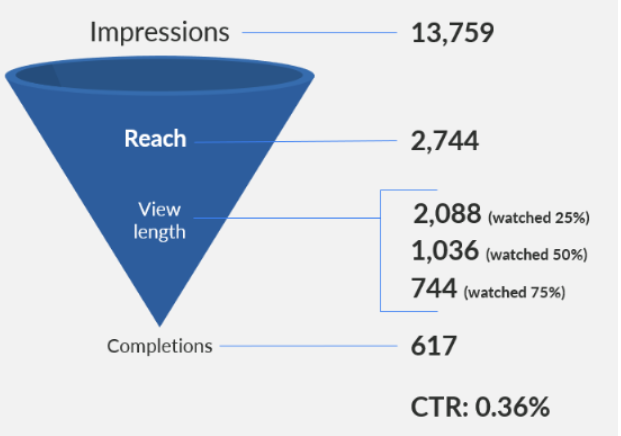Navigating the New World of Microlearning: Reaching and engaging specialists
As many continuing medication education (CME) program funders will tell you, finding ways to reach medical specialists is often a conundrum. Not only is their time in high demand but they have a plethora of choices when it comes to continuing education. Microlearning has emerged as a hot topic for garnering the mindshare of specialists, yet there are still many unanswered questions about this approach. There isn’t even a fully agreed upon definition of the term, though it is loosely used to describe snippets of content roughly two to five minutes in length.
There is strong evidence that providing education in a variety of formats such as microlearning is beneficial. A study published in JMIR Medical Education found shorter modules can overcome cognitive overload, and when used in combination with long-form programs, can increase program impact and learning retention. The salient point being that microlearning is an additive, not a replacement for, CME.
Reinforcing concepts through microlearning
Though still in its nascent stages, microlearning is a novel approach that demonstrates the value of reinforcement of content for learning retention. At PlatformQ Health, we use microlearning to reinforce concepts that were previously presented in full 60-minute CME sessions and to expose specialists not likely to see the full programs to the information.
Leveraging social media
In addition to using standard outreach methods such as learner databases and partner networks to connect with specialists, program funders can share microlearning content in a targeted way through social media. This is the ideal environment for engaging clinicians. 65% of physicians already use social for professional reasons. Platforms like LinkedIn make it feasible to disseminate easily digestible content to the right clinicians based on their degree, specialty, or a diagnosis code.
Microlearning best practices
Though standards are still very much in flux when it comes to microlearning, there are some fundamental practices that are important to keep in mind when producing these materials. First, each video clip should demonstrate one discrete learning objective. Second, it’s crucial to align social media strategies with specific goals. This requires an understanding of what metrics are appropriate for each stage of engagement on each social platform. Below are commonly understood metrics on LinkedIn:
- Completion rates: Number of times your video was watched 97-100% of the time
- Reach: Number of unique users who see your content at least once on their feed
- Impressions: Total number of times your content is displayed on a user’s feed, no matter if it is clicked or not.
- Total views: Two or more continuous seconds of playback while the video is at least 50% on screen, or a click on the call to action, whichever comes first
- Percentage watched: Number of times your video was watched to 25%, 50%, or 75% of its length and fully completed
- Clicks: The total clicks on the post (including a play, full screen click, or a call-to-action click)
- Engagement: All user interactions with your content, both paid and organic, on your social feed
Note: Though clinicians often will watch content on social media, they may be hesitant to engage with the content (commenting or liking it), as they don’t want to be perceived as giving medical advice or endorsing a product. Likewise, employer policies around social media discourage clinicians from participating in this type of engagement.
Setting goals
As noted above, the social media strategy needs to be built from the ground up based on one of the three stages of the learning “funnel”.
- Awareness: This is a broad effort to spark interest in a program or initiative. Generally short clips are ideal for increasing awareness. Collaborating with key opinion leaders and advocacy partners is paramount to these efforts, serving to lend credibility to the programs. To gauge the effectiveness of awareness campaigns, look to metrics such as impressions, reach, and shares.
- Education: For educating specialists, longer-form video clips aligned with learning objectives are best. These expose learners who may not participate in full programs to meaningful nuggets of information. To understand the effectiveness of an education campaign, look to metrics such as video views and completions.
- Conversion: These campaigns should be launched after using an awareness and an education campaign to strategically target the audience likely to engage in your full content. In this instance, microlearning is a tool to drive users to watch the CME program. The most important metric for these campaigns is how many users took the desired action, such as clicking to learn more, downloading materials, or registering for the CME program.
Tracking microlearning metrics
PlatformQ Health recently produced a 2.5-minute microlearning session, inviting NPI-verified oncologists to attend through social media. Below are the metrics from this session.

Ultimately, the most important takeaway about microlearning is that it is not a replacement for CME programming, but a tool that can supplement traditional CME sessions. When used effectively, it offers the potential to expand reach, further retention and drive clinicians into the learning funnel. Given the time pressures clinicians are under, it’s likely we’ll see increased use of creative formats like this to expand learning opportunities.
Interested in learning more and have questions about our rare disease education opportunities? Email us a digital@platformq.com.

